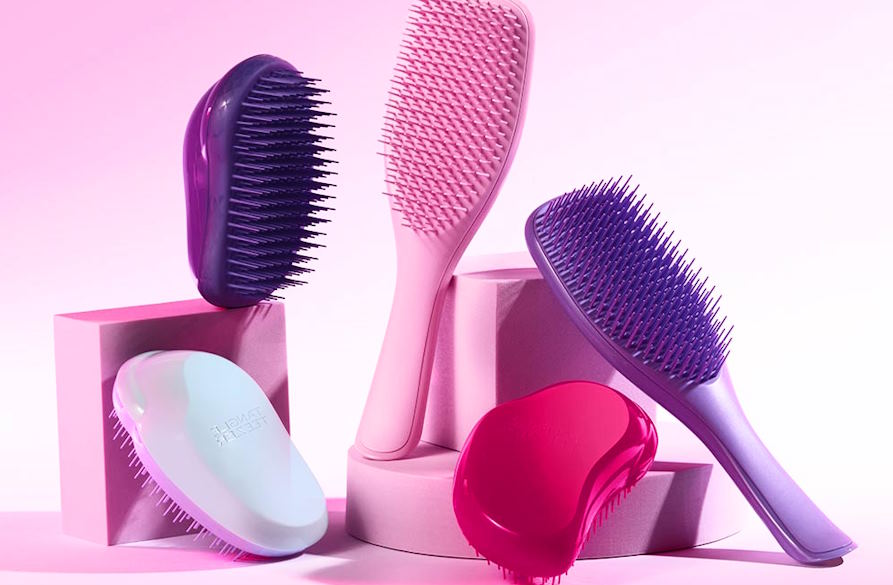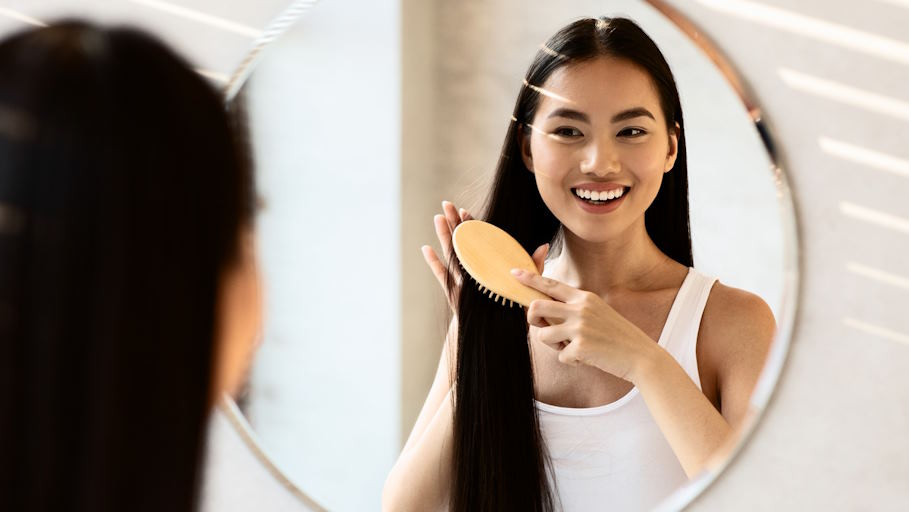With a myriad of hairbrush options available on the market, each designed for specific hair types and purposes, it’s easy to feel overwhelmed. Whether you have straight, wavy, curly, or coily hair, this comprehensive guide will walk you through the different types of hairbrushes, their benefits, and how to select the one that will cater to your hair’s unique needs. From understanding the characteristics of your hair type to addressing common hair concerns, we’ve got you covered. Get ready to discover the secrets to achieving luscious, well-groomed hair with the right hairbrush for you. Let’s brush away the confusion and embrace a hair care routine that will make you look and feel fabulous every day!
Factors to Consider When Choosing a Hairbrush
When it comes to choosing the perfect hairbrush for your locks, there are several essential factors to consider. Each of these factors plays a crucial role in determining which brush will work best with your hair type and help you achieve the desired results. Let’s delve into the key factors to keep in mind when making your selection:
- Hair Length: The length of your hair is a significant factor to consider when choosing a hairbrush. For long hair, a paddle brush or a wide-tooth comb can be ideal, as they can easily detangle and smooth out those long strands. On the other hand, if you have short hair, a smaller brush with densely packed bristles can provide better control and precision during styling.
- Scalp Sensitivity: If you have a sensitive scalp, you’ll want to choose a hairbrush with soft, flexible bristles to avoid irritation and discomfort. Brushes with cushioned bases can also provide a gentler brushing experience, reducing the risk of scalp redness or soreness.
- Hairbrush Material: The material of the bristles is an essential consideration. Natural boar bristles are excellent for distributing oils and adding shine, while synthetic bristles are better suited for detangling and working with wet hair. Additionally, considering the brush’s handle material is essential for ensuring a comfortable grip during use.
Addressing Common Hair Concerns with the Right Hairbrush
- Frizz Control: Frizzy hair can be frustrating to manage, but the right hairbrush can make a significant difference. For taming frizz, opt for a boar bristle brush or a brush with a combination of natural and synthetic bristles. These brushes help distribute the natural oils from your scalp to the ends of your hair, sealing the cuticles and reducing frizz. Additionally, using an anti-static brush with a cushioned base can prevent hair from becoming electrified and further contributing to frizziness.
- Detangling: If you constantly struggle with tangled hair, a wide-tooth comb or a detangling brush with flexible bristles is your best friend. These brushes gently glide through knots and tangles, minimizing hair breakage and reducing discomfort during the detangling process. Start at the ends of your hair and work your way up to avoid stressing your strands.
- Adding Volume: For those with fine or flat hair looking to add some volume and bounce, a round brush is the way to go. Look for one with ceramic or tourmaline coating to aid in heat distribution and prevent heat damage. Using the round brush while blow-drying your hair will create lift at the roots and give your hair a fuller, more voluminous appearance.
Frequently Asked Questions (FAQs)
Can I use the same hairbrush for different hair types?
Using the same hairbrush for different hair types is not recommended. Different hair types have unique characteristics and require specific brushes to address their needs effectively. For instance, a brush designed for straight hair might not be suitable for curly hair, as it can cause frizz and breakage. It’s best to invest in multiple brushes tailored to different hair types. Paddle brushes work well for straight and wavy hair, while wide-tooth combs or round brushes are better suited for curly and coily hair.
Are expensive hairbrushes worth the investment?
The cost of a hairbrush often reflects its quality and materials. While there are affordable brushes that work fine, investing in a higher-quality brush can make a significant difference in your hair’s health and appearance. Expensive brushes, especially those made from natural materials like boar bristles, can help distribute natural oils, reduce frizz, and minimize damage. These brushes are often more durable and can last longer, making them a worthwhile investment in the long run.
How often should I brush my hair?
The frequency of brushing depends on your hair type and personal preferences. Generally, it’s advisable to brush your hair gently twice a day—once in the morning and once before bedtime. However, if you have curly or coily hair, brushing too frequently can disrupt your curl pattern and cause frizz. In such cases, consider using a wide-tooth comb or detangling brush to preserve your curls while minimizing tangles.



